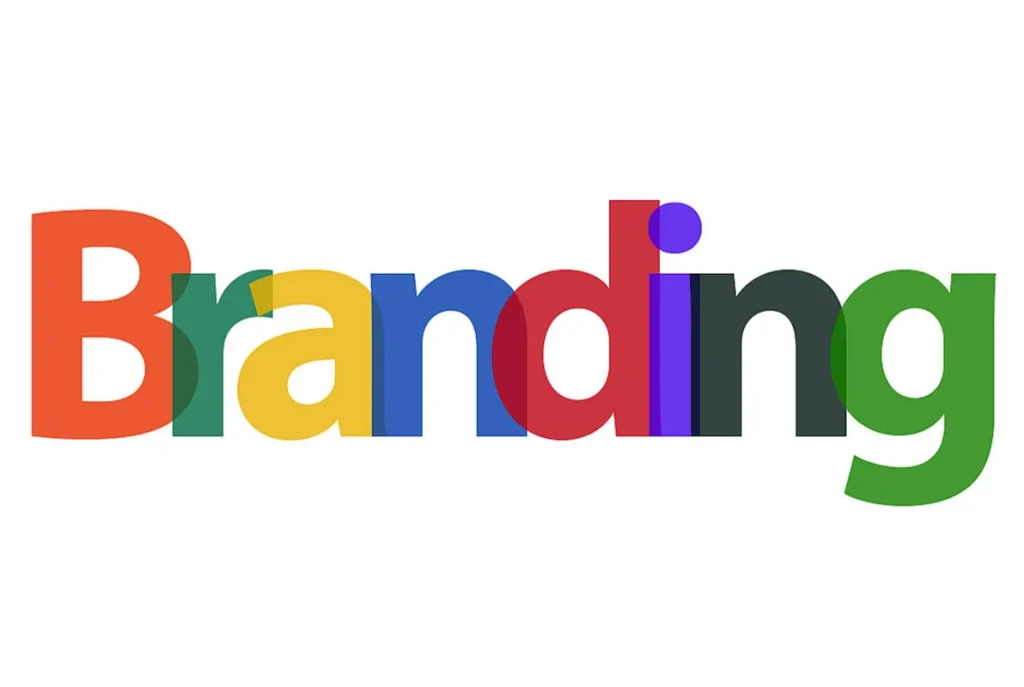The Power of Branding & Identity: Crafting a Memorable Brand in 2024

In an era of digital overload, consumers are bombarded with thousands of brand messages every day. With so many companies fighting for attention, how do you make your brand stand out? The answer lies in branding and identity. More than just a logo or a catchy tagline, branding is the emotional and visual connection you create with your audience. It defines how customers perceive you, how they feel about your business, and whether they choose you over competitors.
A strong brand identity goes beyond aesthetics; it shapes your reputation, builds trust, and ensures your business stays relevant in a crowded marketplace. From color psychology to typography, storytelling to customer experiences, every element of branding works together to create a compelling image that resonates with your target audience.
"Your brand is what other people say about you when you're not in the room."
– Jeff Bezos, Founder of Amazon
In 2024, branding isn’t just about being seen; it’s about being remembered. With emerging trends like minimalism, interactive branding, and AI-driven customization, businesses must constantly evolve to keep their brand fresh and impactful. In this blog, we’ll explore why branding matters, key elements of a strong brand identity, and the latest trends shaping the industry.
Why Branding Matters
- First Impressions Count – A compelling brand identity creates an instant connection with potential customers.
- Consistency Builds Trust – A well-crafted brand maintains consistency across all platforms, fostering recognition and credibility.
- Emotional Connection – The best brands don’t just sell products; they tell stories and create experiences.
Key Elements of a Strong Brand Identity
- Logo & Visual Design: A recognizable and unique logo is the foundation of your identity.
- Brand Voice & Messaging: Define your brand’s tone, style, and the emotions you want to evoke.
- Color Psychology: Colors influence perception—choose hues that reflect your brand’s personality.
2024 Branding Trends
- Minimalist Designs with Bold Colors – Simplicity with impact.
- Authentic Storytelling – People connect with real, relatable brand narratives.
- Interactive & Personalized Experiences – AI-driven customization enhances engagement.


Your brand is your promise to your customers, it’s the essence of your business and the foundation of how people perceive you. It’s more than just a logo or a color scheme; it’s the emotional connection you build with your audience, reflecting your values, mission, and the unique experience you offer. A strong brand identity ensures consistency across every touchpoint, from your website and social media to packaging and customer service, creating a cohesive and trustworthy image that resonates deeply with your target audience.
Investing in a well-crafted brand identity is an investment in your business’s future. It sets you apart in a crowded marketplace, attracts the right customers, and fosters loyalty by delivering on your promise. When your brand is clear, authentic, and memorable, it turns one-time buyers into lifelong advocates who champion your business. By prioritizing your brand, you’re not just selling a product or service you’re building a legacy that people believe in and want to be a part of.

